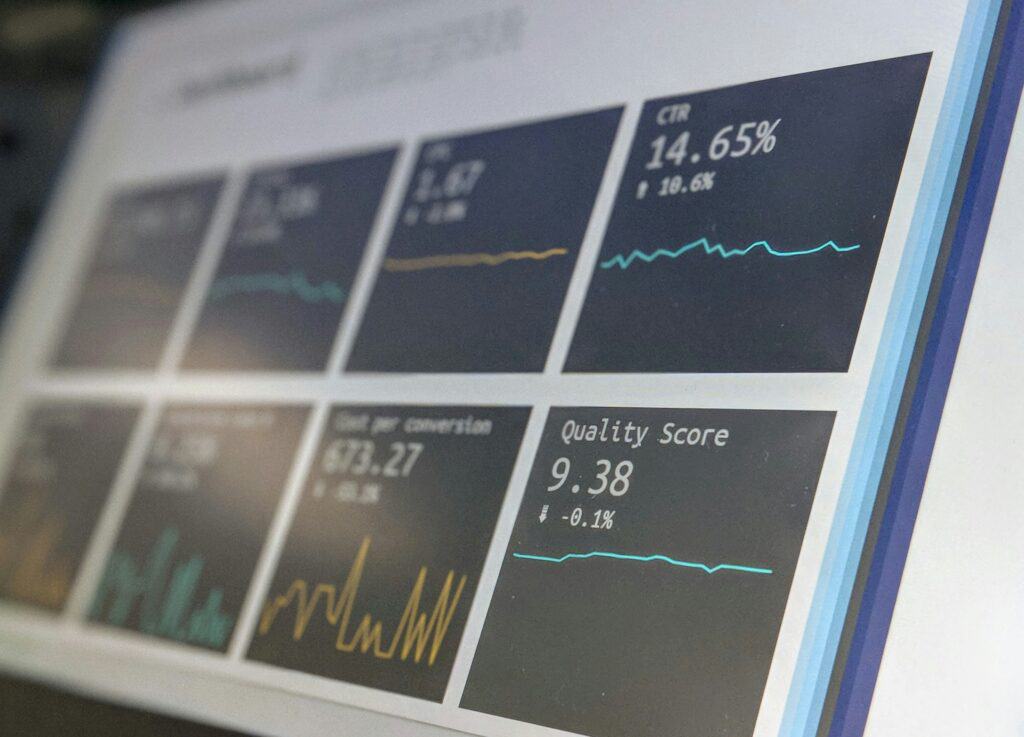Is starting a business in 2024 different from every previous year known to man?
The basic entrepreneurial principles remain– but here’s how to start a business and live the entrepreneurial lifestyle you’ve been dreaming of.
Let’s go!

1. Run a Self-Audit:
You can’t start a business if you don’t know what business to start, and you definitely won’t know what’s the right business to start if you don’t know what you’re good at.
So that’s why you run a self-audit.
Consider this one half of your SWOT analysis.
First, consider your passions, I always say “If you have to choose, make sure it’s something you love”.
Now you’ve considered your passions, you’re probably having a flywheel effect, but try to stay out of that rabbit hole for now.
Part two of your self-audit is identifying your strengths and weaknesses.
The fact that you love driving in your van does not mean you’ll excel as a small logistics business.
However, the fact that you make extremely beautiful crafts could also mean you’d do exceptionally if you decide to sell on Etsy.
Running a SWOT analysis could help you separate the “hobby passion” from the “business passion”
If you have no idea how to begin your SWOT analysis, check out this article where I shared an easy way to run one.

2. Consider Your Business Goals:
Now you’ve done the first half of your SWOT analysis, before considering your opportunities and threats, you have to carefully think about your goals.
Normally, one would think everyone starts a business for money, but you’d be shocked to find out some people aren’t majorly interested in the money.
Some start a business so they can leave a legacy, some do it to give back to the community, some to express themselves, and some even do it because they love challenges.
So why do you want to start a business?
Is it;
- to make some money?
- to make a lot of money?
- to share your creativity with the world?
- to challenge yourself?
- to give back to the community?
- to leave a legacy?
- to pursue your passion without worrying about financial burdens?
Once you’ve decided, we can move on to the next step.

3. Brainstorm Business Ideas:
Now it’s time to flex your fingers and think long and hard.
This will include the second half of your SWOT analysis, the opportunities and threats.
It’s different depending on the type of business you want to do.
I’ll try to break it down into three types;
- The full-on physical: e.g., shops, bakery, daycare, pet sitting, etc.
- The full-on digital: e.g., graphic design businesses, affiliate marketing, digital marketing, online consulting, etc.
- The physical-digital: e.g., opening a store on Etsy for your crafts, photography, etc.
A. The Full-on Physical:
If you’re going to own a store or business with a physical location, you’ll have your work cut out for you.
You’d need to consider the opportunities carefully, I mean there’s no point opening a pet-sitting business in a district where people barely keep pets (theoretically speaking) or opening a laundry business in an area where 90% of the homes have washing machines.
The rule of thumb of businesses is that you either solve a problem or fulfill a need.
For instance, if you live in a fast-developing district (new houses, new tenants, new shops, etc), if you have the experience, offering interior decorating/design services as a business would fall under your strengths and opportunities.
If it’s a very busy district with few relaxation or eating spots, then opening a bakery + coffee shop would be a good opportunity. However, be sure that it is something you have the knowledge and expertise to handle, or you can delegate if you have enough money.
Of course, you’d still have to consider the legal aspects, tax, local regulations, permits, etc.
B. The Full-on Digital:
Unlike businesses that require a physical location, digital businesses are much easier to start.
Not only is it easier to start a digital business, but there are fewer restrictions (local regulations, location limitations, etc).
Does that mean you can open any digital businesses and excel? That’s a big No.
Just as it’s easier to start a digital business, the competition is even more intense than a physical business.
The rule of thumb remains; to solve a problem or fulfil a need.
Now I believe you’ve already run your self-audit and decided what you can do.
The next thing I’ll recommend doing is checking your competition, and studying your competitors’ growth, both the big and the small.
Then study your target audience, look for gaps to fill, and different approaches to try.
For instance, say you decide to be an affiliate, if most of your competitors are focused on high-ticket products, you can focus on low- to mid-ticket products.
Say you decide to run an e-commerce store, if your competitors don’t offer free shipping or delivery, you can weigh your cash flow and offer conditional shipping/delivery if you can.
It’s not wrong or right, it’s a different angle, who knows? You could get an unexpected advantage.
C. The Physical-Digital:
Now this can go two ways.
The first way, having a physical shop and having an online platform where you can boost visibility and sales while having customers offering shop pickup or local delivery.
Or having an online booking platform where people can go to book for your physical services,
The second way, crafting your works (crochets, handcrafts, etc) to list on platforms like Shopify and Etsy.
No matter what type of business you intend to do, you must do your due diligence, identifying opportunities for that business in that space (physical or digital), and then validating your ideas.
Once all is said and done, filter the ideas you have left and choose the best fit.

4. Time for Business Planning:
I hope you weren’t expecting me to say “take action” next.
Don’t worry, we’ll get there soon enough. For now, it’s time to plan your business.
Everything you’ve done until now was idea selection (just in case you were wondering).
You can do this in 3 major steps.
A. Create Your Business Plan:
- You’ve considered your business goals, now it’s time to clearly define them. It’s often defined using terms like “vision” and “mission”, but this is just a short general summary of your goals.
- Next, clearly outline your goals, as many as they may be.
- Define your target market, your competitors, your marketing strategy, and financial projections.
- Set your budget (often your starting costs)
- Determine your business structure.
B. Legal and Financial Considerations:
- Register your business (you may not see a need to, but if you’re in for the long run, then you’ll see the benefits down the line).
- Get the necessary licenses or permits (very important if you’re going to be opening a local or physical business)
- Figure out your tax situation.
- Open a business account.
C. Set Up The Space:
- If you’re working from home without a physical outlet, create a workspace that will boost your productivity and allow you to fully focus on work.
- If you opted for a physical/local business, go with someone knowledgeable or experienced and pick the best location for your debut (either go with someone you know or pay for the service).
- Get the necessary equipment, technology, furnishings (for shops), etc.
- Develop your brand.
- Start your hiring, delegating, or outsourcing process.

5. Join a Support System:
*Guilty emoji face
Yeah, I said it again, join a support system of mompreneurs, you never know when it’ll come in handy, for stress relief or guidance.
If you’re very new to the whole business concept, you could also seek mentorship.

6. Launch Your Business:
Yay! It’s finally time to take action.
I suggest you do some marketing to create awareness before your launch. Offering some discounts would encourage customers to try you out too.
Create social media profiles to engage with customers and grow your reach… Psss, if you’re a bit too busy with growing your business, then we can manage your marketing for you… at an affordable price 😉
Develop your marketing strategy.
Start small and scale based on demand and your customer feedback.
Track your business performance and improve on underperforming areas.
A teeny advice, when you start doing well, try not to fix anything that’s not broken. I see businesses do that all the time, only to end with adverse effects.
Voila! You’ve Started a Business
You’ve gotten the basics down and you’re well on your way to implementation.
It can be overwhelming especially when you have a family, don’t try to be a do it all, start small, prioritize and go steady.
You’ll be an entrepreneur in no time!
You could also listen in on my podcast, A (Mostly) Stay-at-Home Mom, where I share weekly tips for busy moms earning or looking to earn a side income. Find it on Apple Podcasts, Spotify, and more!

